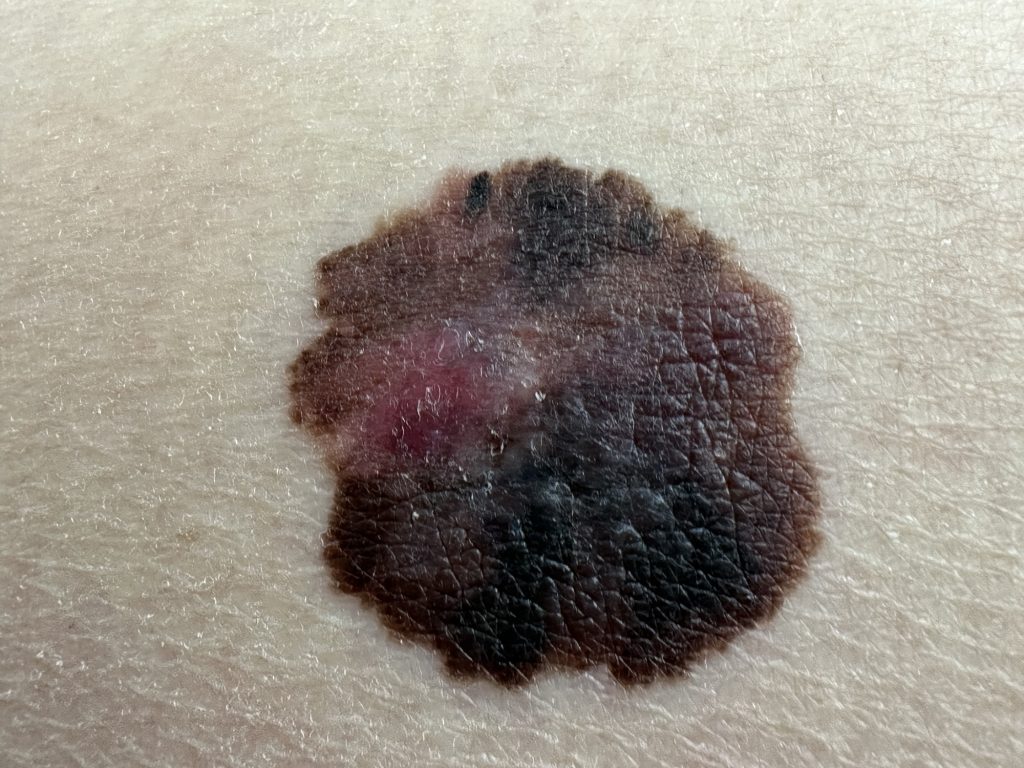YouTube does a decent job of providing quality health information on melanoma.
This is the main finding from new research in the Journal of Integrative Dermatology.
The study aimed to examine the characteristics of YouTube videos on melanoma and evaluate the educational content. To arrive at their findings, researchers searched YouTube using the keyword “melanoma.” The top 100 search results with English language titles were included in the new analysis.
What did they find? Most YouTube videos about melanoma were presented by physicians (41.5%). When analyzed by content, 43.6% featured general information about melanoma; 29.8% discussed risk factors; 29.8% discussed prognosis; and 38.3% discussed treatment options, the study showed.
In terms of specific risk-reducing practices, 36.2% of YouTube videos discussed the ABCDE method for identifying atypical nevi; 29.8% explicitly recommended regular skin examinations by a physician; 25.5% recommended the use of sunscreen; 19.1% recommended wearing protective clothing; 14.9% explicitly mentioned the dangers of tanning; and 6.4% featured a tutorial for performing self-examinations, the study showed.
In all, 28.7% featured the perspectives of patients; 11.7% featured academic institutions or non-profit organizations; 10.6% featured media outlets; 5.3% featured other health professionals; and 2.1% featured the pharmaceutical industry.
Channels and organizations that had more merit or reputation were pushed to the top of the search results including Mayo Clinic, Northwell Health, and UC San Diego. Videos that featured a thumbnail or cover of a physician or a patient speaking had the most views, the study found.
By contrast, videos that had a cover photo of melanoma got fewer viewers on average. The researchers didn’t analyze gaps in education or melanoma information, but they noted that informational videos directed toward healthcare professionals often used medical terminology that the general population may find difficult. Patient experiences and personal anecdotes were more digestible and relatable for the general population.
“Online services such as YouTube contain tremendous amounts of health-related information and people seek them out,” study author Peter A. Lio, MD, a Clinical Assistant Professor of Dermatology and Pediatrics at Northwestern University Feinberg School of Medicine and a partner at Medical Dermatology Associates of Chicago, tells TDD. “While things are far from perfect, they are certainly not as bad as they could be in many domains that have been studied, including melanoma.”
His advice? “Continue to be aware of these sources to better understand our patients and what they may learn and think about these conditions to better frame our discussions, for better or for worse.”


